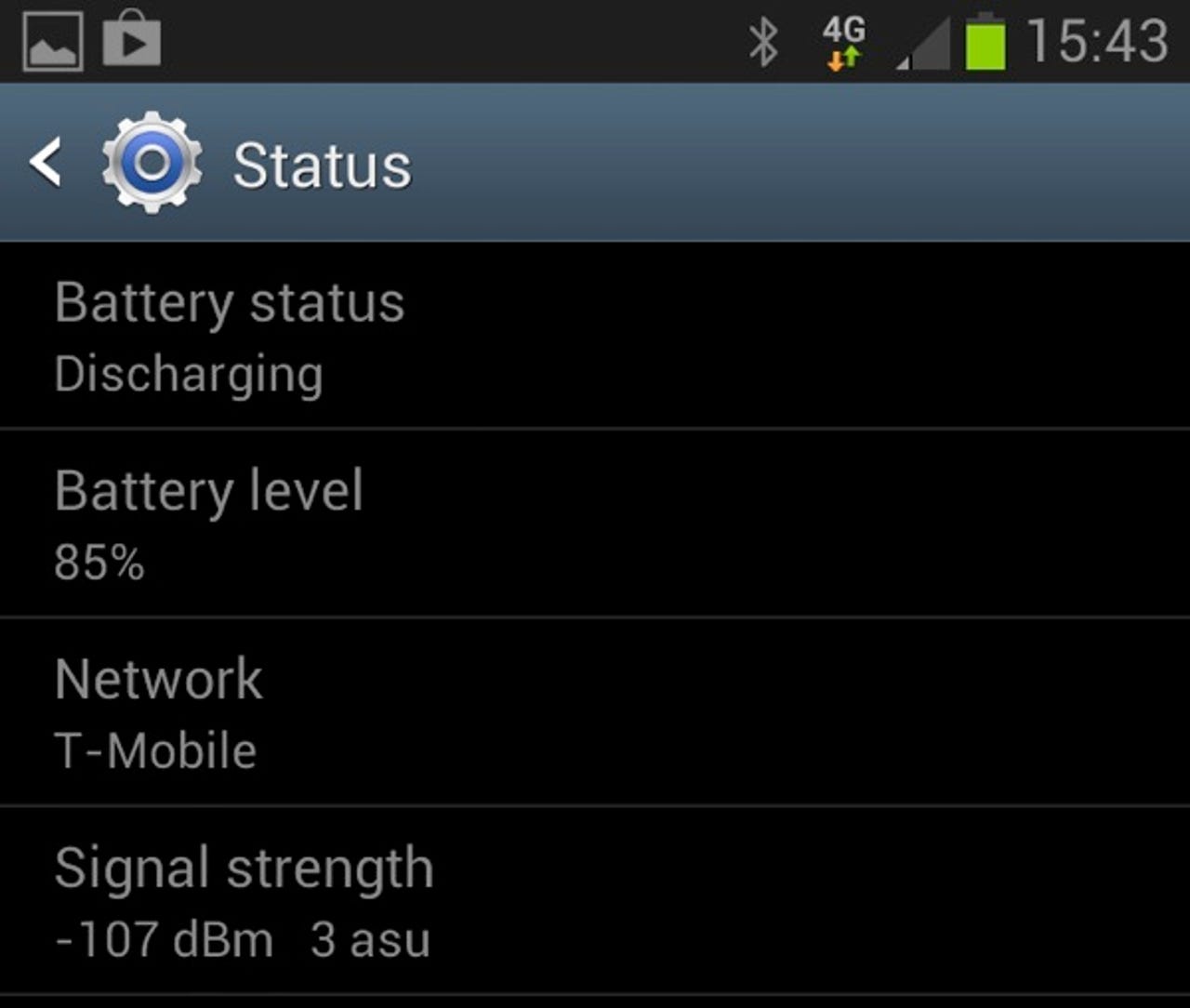Increase the wireless data signal for your SOHO with the zBoost DataBlast 4G Signal Booster

zBoost DataBlast retail package
I never thought signal boosters did much, but after testing out the Wilson Electronics Sleek 4G-V in December I became a believer and enjoyed the increased Verizon wireless signal at my house. I've been testing the zBoost SOHO DataBlast YX550 and think it is an even better solution for those looking to boost their cellular data signal at the home or office.
Let me be clear here regarding the zBoost unit, this unit improves the wireless data signal only and does not affect voice. I definitely saw an improvement in my signal strength, but with WiFi at my home and in the office I don't have a need to increase the data signal to the cellular network that has data limits. I understand that some people have limited WiFi performance and want a better cellular data signal and this device will provide that.
You can purchase their 2G/3G voice signal booster and then buy their data upgrade booster to get improved voice and data signals.
The Wilson Sleek solution required you to dock your device in the compatible stand, which is perfect for an in-car solution. However, I found it a bit limiting for the mobile phone in the house. The zBoost YX550 acts similar to a WiFi router and increases the signal strength for a number of devices in the vicinity of the base unit.
There are two models available, one for Verizon LTE and AWS (that's T-Mobile in the US) and the other for AT&T LTE and AWS. I was sent the Verizon/AWS model to test out, which is perfect considering I have a T-Mobile family plan with five phones and a Verizon LTE account that I use for testing purposes.
zBoost DataBlast base unit
After the package arrived, I read through the setup instructions to make sure I had it optimized for the best signal. Unlike the Wilson model where I was able to mount the antenna on a window, it was highly recommended that the zBoost signal antenna be mounted on the roof or somewhere else more than 15 feet away from the base unit (vertically). Since I am only testing the zBoost DataBlast, I didn't want to run cables permanently through walls and went with a more temporary setup.
Retail box contents
Everything you need is provided inside the retail package.
Signal antenna, bracket, and 50 foot cable
I climbed up on the roof and saw where I could mount the signal antenna with the included bracket. Instead of this approach, I simply zip tied it to a vent pipe I have on my roof. I then ran the cable, white 50 feet long coax, from the roof, down the outside of my house, in through a hole in my screen, and through the windows to my office area. I then plugged the coax cable into the base unit and powered on the base unit. I had earlier installed the base unit antenna. The base unit powered on and the indicator light turned solid green.
I took signal readings on my T-Mobile Galaxy Note II and a Verizon HTC Droid DNA before setting up the antenna and booster. After the zBoost DataBlast was setup I again took signal readings. I understand that the lower the number, the better the signal and that something like -60 is great while -120 is unacceptable. As shown in the screenshots, the T-Mobile signal went from -107 dBm (you can see why I use WiFi Calling at home) to a strong -73 DBM. The Verizon signal went from a nearly non-existent -110 dBM to -75 dBm. The bars are not a very good indication and sometimes lagged behind what the dBm readings showed. This is quite an increase in signal strength.
You can pick up the zBoost YX550-VLTE-AWS for $399.99. While this may seem expensive, if you have an office with several people who need a good cellular data signal or have a need for a strong cellular data connection then you may like the flexibility and coverage of the zBoost. Keep in mind that a stronger signal will also extend your battery life since it won't be hunting for a signal all the time.
Mounting the antenna on the roof
My temporary zip tie solution for testing
Running the cable through the screen
Verizon signal status - before zBoost installation
Verizon signal status - after zBoost installation
